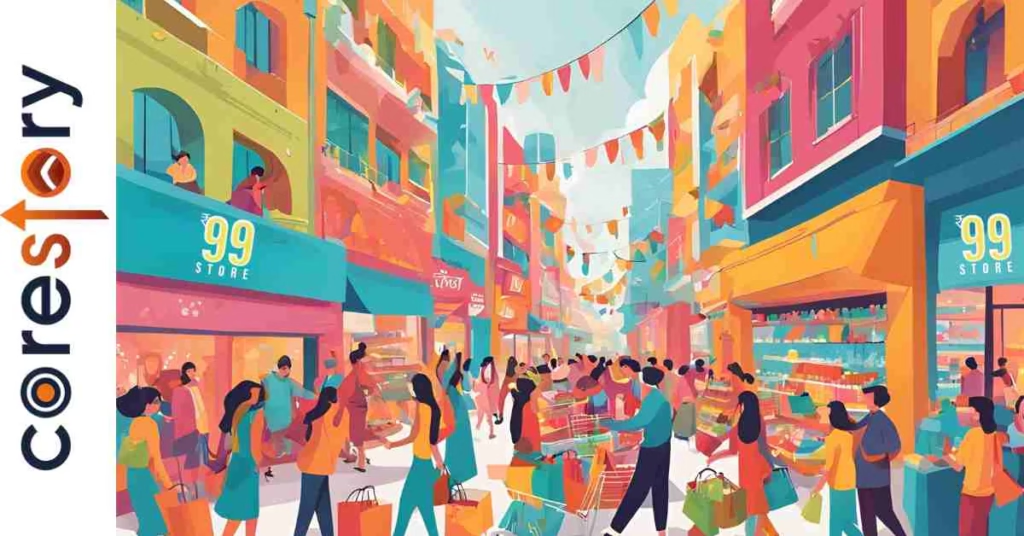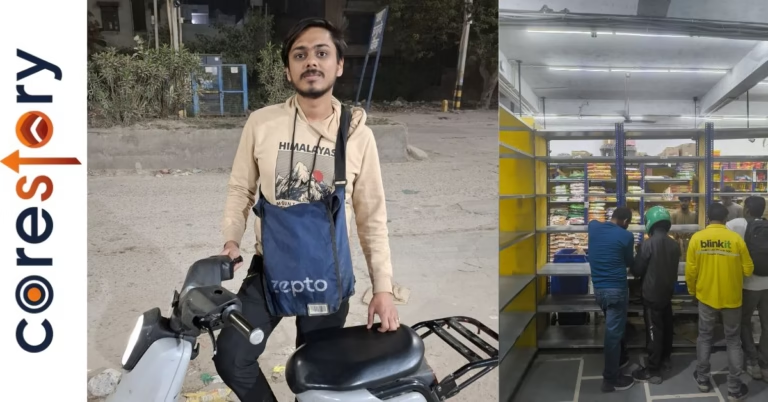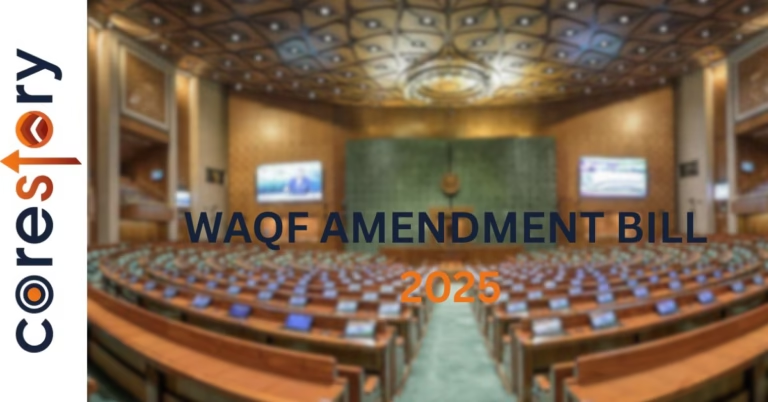
The Rise of Micro-Payments in India
On a regular evening, 28-year-old Sneha scrolled through her phone, debating whether to subscribe to yet another OTT platform. “It’s just ₹99,” she thought, clicking the subscribe button without hesitation. Across town, 19-year-old college student Rohan made his tenth ₹1 UPI transaction of the day to his friend, splitting the cost of chai and snacks. Meanwhile, Sunil, a father of two, walked into a 99 Store, picking up everyday household goods, convinced he was saving money.
None of them realized how much these micro-payments were adding up. This phenomenon is at the heart of India’s digital economy, where businesses—from fintech to entertainment—are leveraging the power of small transactions. While these ultra-low pricing models make services accessible, are they truly empowering, or are they silently encouraging unchecked spending?
The Business Strategy: How Companies Hook Users
The Rise of ₹99 & Micro-Payment Models
Micro-payments have reshaped industries, particularly OTT streaming, fintech, and e-commerce. Companies use low-cost pricing to drive customer acquisition, ensuring more people opt for their services at minimal financial risk.
- OTT & Entertainment: JioCinema’s ₹99/month plan and Hotstar’s affordable pricing strategies have increased subscription numbers. According to a RedSeer report, the Indian OTT market is projected to reach ₹12,000 crore by 2025, driven by micro-pricing models.
- Fintech & Digital Payments: Over 50% of total UPI payments are under ₹100 (NPCI, 2024). Google Pay and PhonePe encourage repeated small transactions with cashback rewards.
- Gaming & In-App Purchases: Mobile gaming revenues from micro-transactions alone stood at ₹13,500 crore in 2023 (Statista).
- E-commerce & Pay-Later Schemes: Amazon Pay and Flipkart’s BNPL (Buy Now, Pay Later) allow consumers to break purchases into small payments, leading to more frequent spending.
The Funnel Effect: From Small Spends to Bigger Purchases
Companies start users on low-cost plans and gradually push them toward premium services.
- Netflix’s mobile-only plan at ₹149 attracted price-conscious users, later nudging them toward higher-value plans.
- Paytm’s micro-loan offers start with ₹100-₹500 advances but increase over time.
- Google Play Store allows micro-purchases, eventually encouraging larger spending on apps and subscriptions.
The Psychology of Small Spends: The ₹99 Illusion
Why ₹99 Feels Cheaper Than ₹999
Behavioral economists call this ‘mental budgeting’, where smaller amounts feel more affordable, even if they add up. A Harvard Business Review study suggests consumers are 5x more likely to make impulse purchases under ₹100 than a single high-value purchase.
- Anchoring Effect: ₹99 feels cheaper than ₹1000, even when spent multiple times.
- Subscription Addiction: Auto-renewals keep people subscribed because ₹99 doesn’t feel like a loss.
- Digital Wallets: Consumers view digital money as ‘already spent,’ leading to more transactions.
The Gamification of Spending
- Google Pay and PhonePe use rewards and cashback loops to increase transactions.
- Online gaming platforms introduce in-app purchases in small denominations.
- BNPL models create an illusion of affordability, encouraging unplanned spending.
99 Stores in India: The Retail Boom
Amit, a middle-class shopper in Delhi, walks into a 99 Store and picks up a pack of socks, a set of bowls, and a phone charger—each priced at ₹99. He believes he’s getting a great deal, but by the time he reaches the checkout, his bill is ₹999.
Retailers have tapped into India’s micro-payment mindset by pricing products at ₹99, ₹199, or ₹299, making purchases feel affordable while subtly increasing basket size.
- Growth & Popularity: According to Retail Association of India, the value retail segment, including ₹99 stores, grew by 20% in 2023.
- Psychological Impact: Customers round off ₹99 as a “cheap” deal, leading to impulse purchases.
- Expansion Trends: Brands like 99 Store India, Zudio, and Max Fashion use micro-pricing models to attract middle-class shoppers.
Impact on Businesses: Is the Model Sustainable?
Can Micro-Payments Drive Profitability?
- Customer Acquisition vs. Retention: While JioCinema’s free streaming model gained millions of users, few convert to paid plans.
- High Volume, Low Margin: Many fintech firms depend on volume rather than margins.
- Churn Rates: Low-cost users are more likely to switch platforms.
Lessons from Global Markets
- Spotify & Netflix’s India Struggle: These brands tested ultra-low pricing, but profitability remains uncertain.
- China’s Super-Apps Model: WeChat monetized micro-transactions by integrating payments, social media, and shopping.
Regulatory & Consumer Protection Concerns
RBI’s Take on Digital Payments
The RBI is scrutinizing BNPL models and digital lending. Concerns include:
- Debt traps from micro-loans.
- Lack of consumer awareness about hidden fees.
- Data security risks in repeated digital transactions.
Consumer Protection & Subscription Transparency
Consumer forums have raised concerns about:
- Lack of clear cancellation options for ₹99 subscriptions.
- Automatic renewals trapping users in cycles of spending.
The Future of Micro-Payments in India
As Indian consumers become more digital-savvy, micro-payment trends will evolve. Key questions remain:
- Will consumers realize the hidden costs of recurring payments?
- Will regulatory bodies step in to ensure greater transparency?
- Will companies find a balance between affordability and profitability?
The ₹99 revolution has changed how India spends, democratizing access while subtly reshaping spending habits. Whether this model leads to financial empowerment or dependence remains a debate, but one thing is certain—micro-payments are here to stay.
Sources:
- NPCI (2024) UPI Transaction Report
- RedSeer (2023) Indian OTT Market Analysis
- Statista (2023) Mobile Gaming Revenue India
- Harvard Business Review (2023) Consumer Spending Psychology
- Retail Association of India (2023) Value Retail Market Trends
- India’s Push to Become a Global Semiconductor Innovation Hub: Can It Succeed?
- Dr. Laila Mintas Joins Board of Rules X, Operating Partner of European T20 Premier League
- Q-Commerce Rider Experience Gets Real – Aum Vats (@aumvats) Breaks It Down
- Lok Sabha Passes Waqf (Amendment) Bill 2025: Key Details and Reactions
- The Rise of Tier-2 City Startups in India: A New Frontier Beyond Metros


